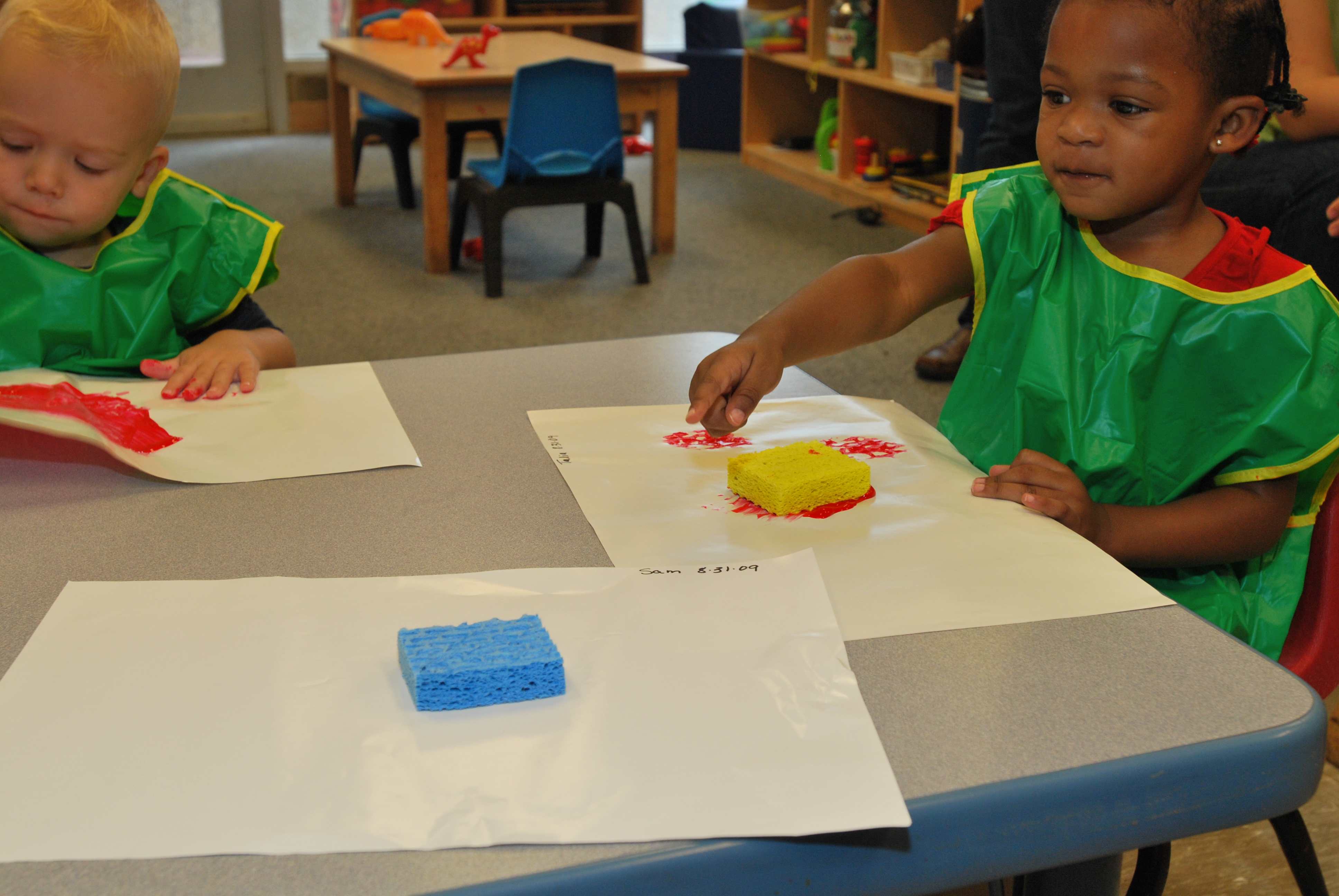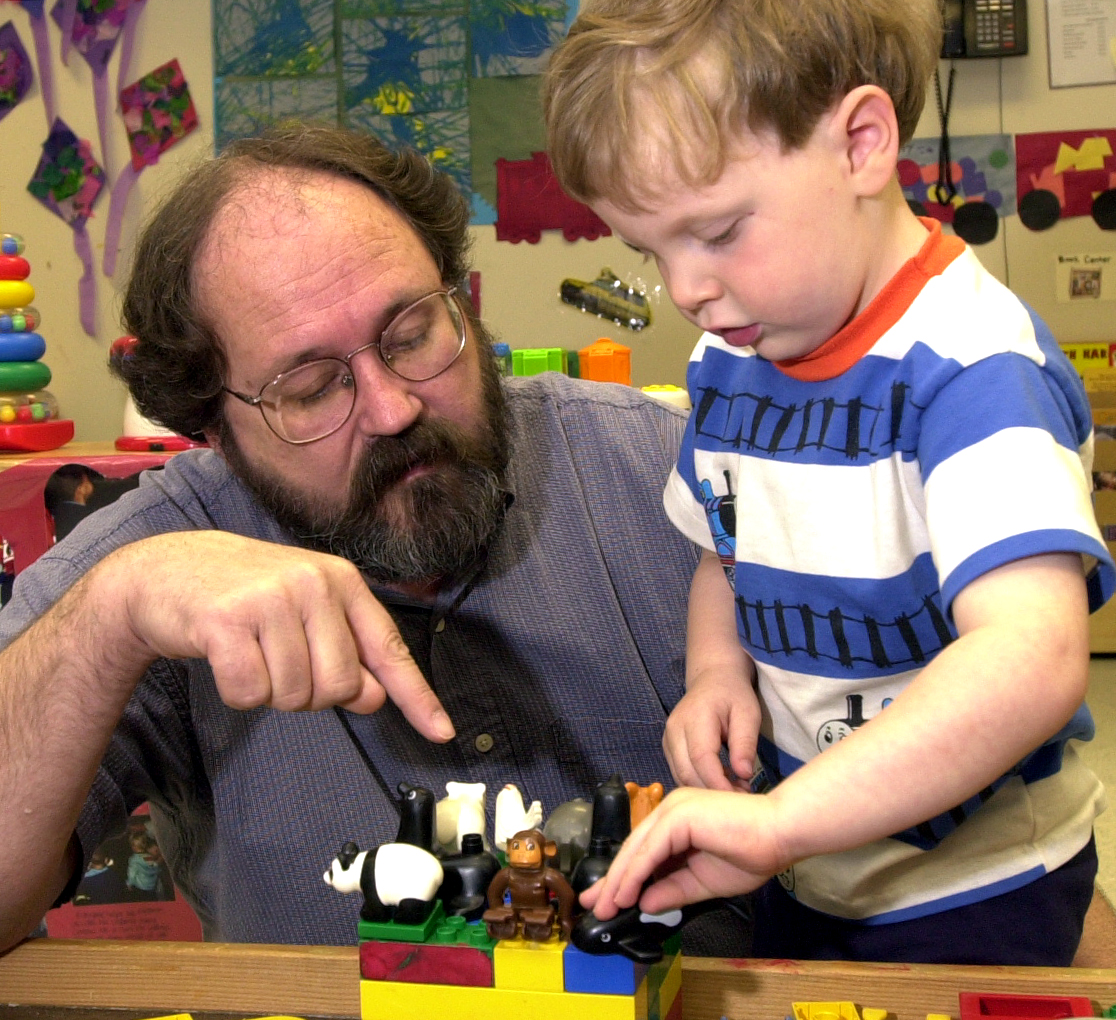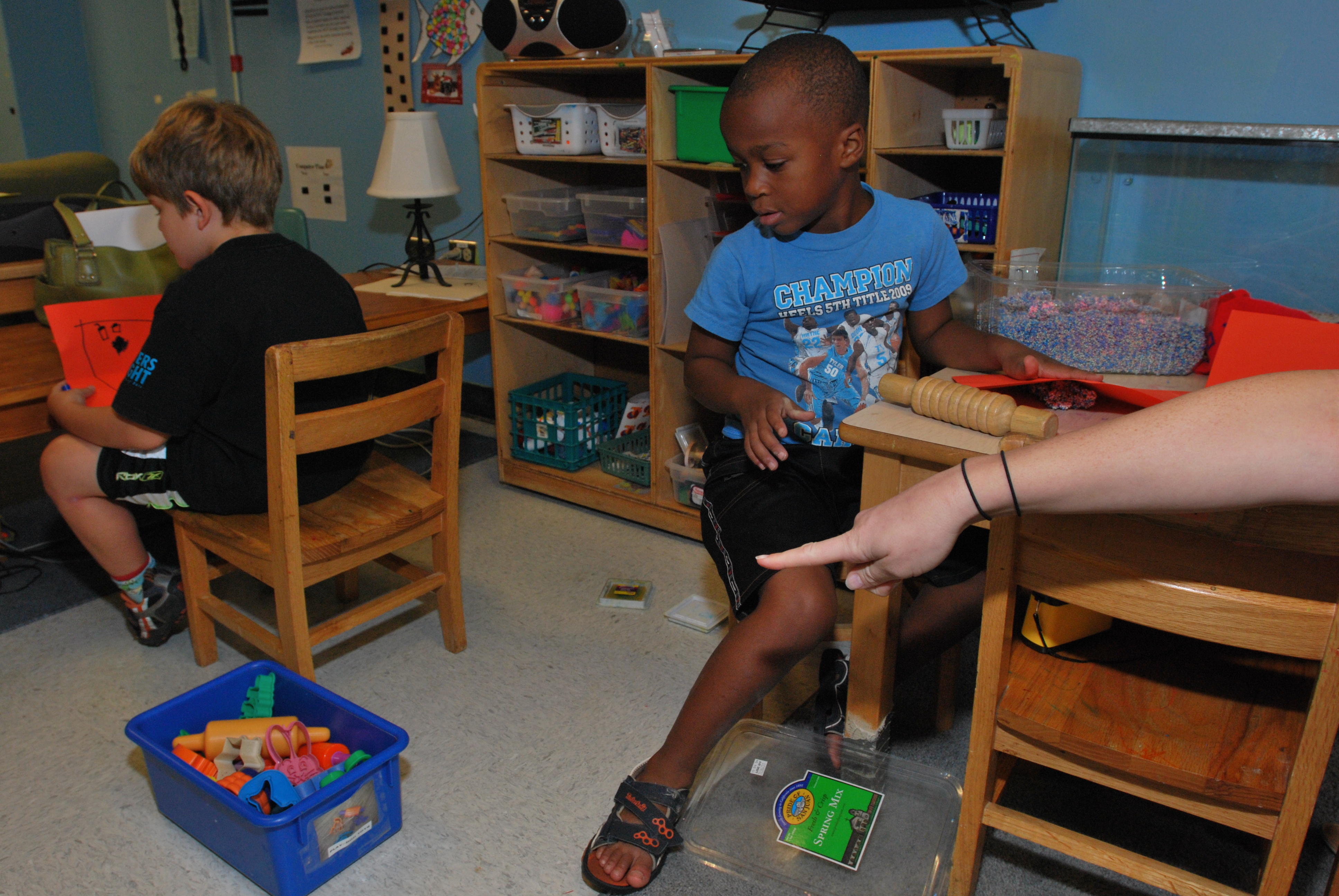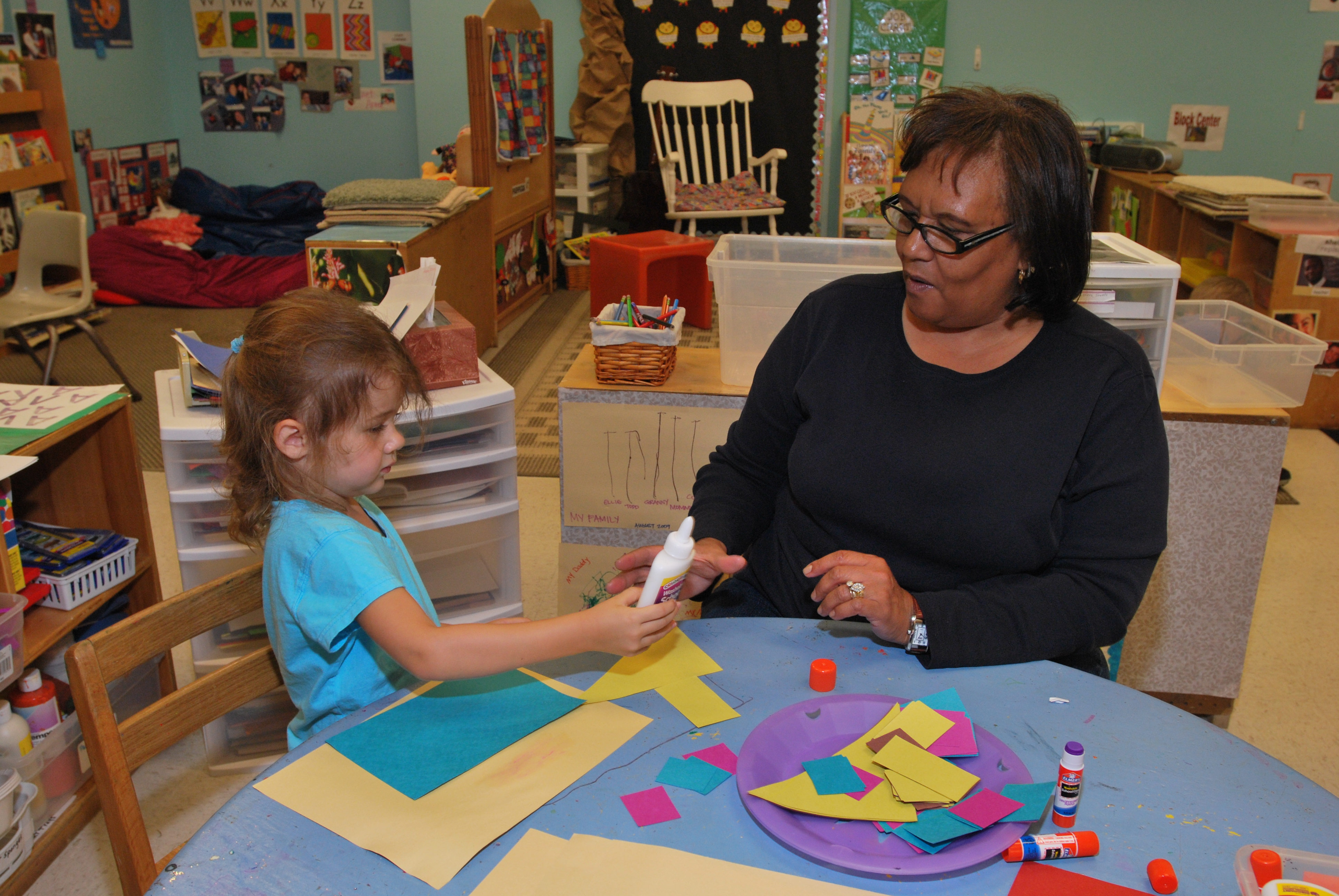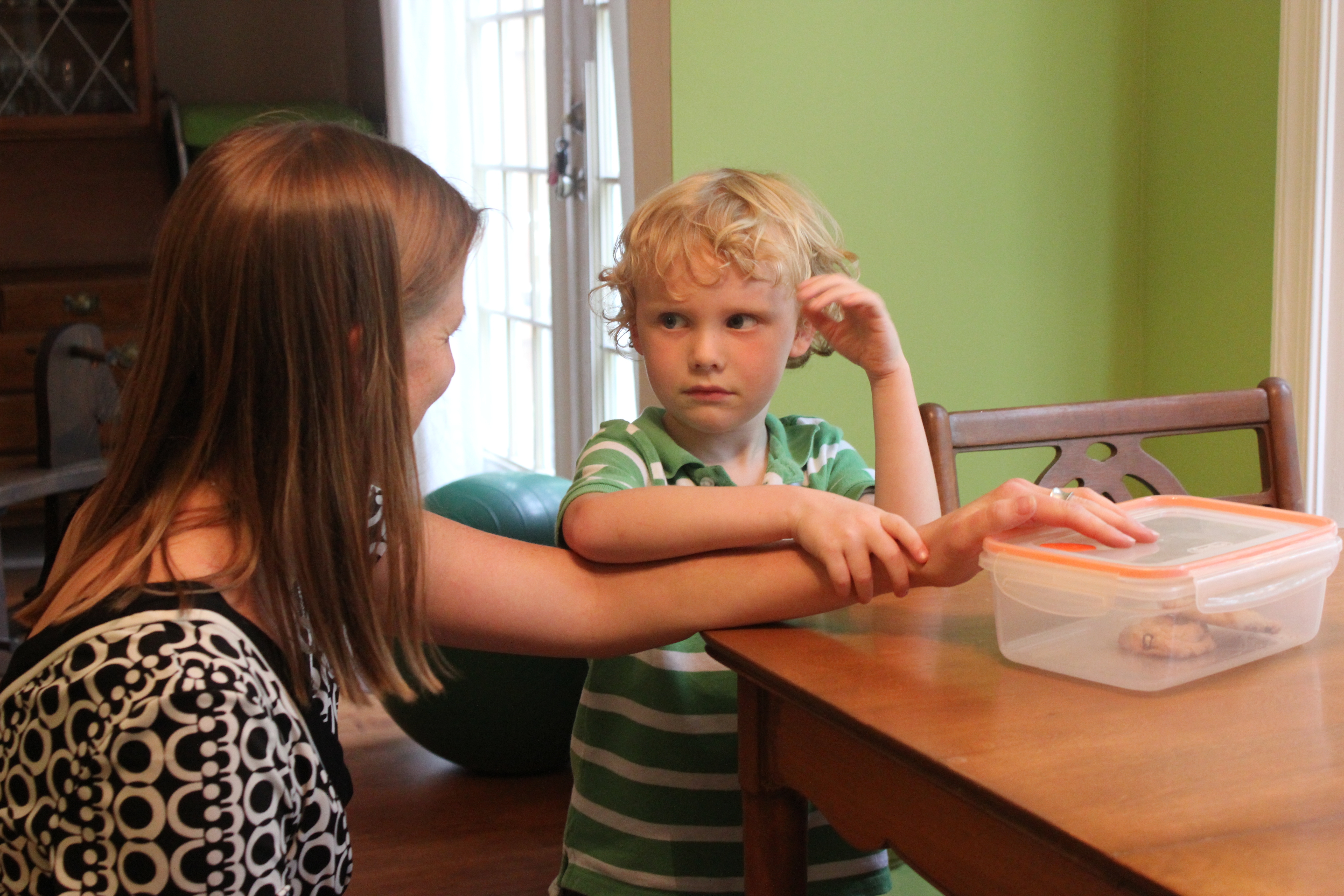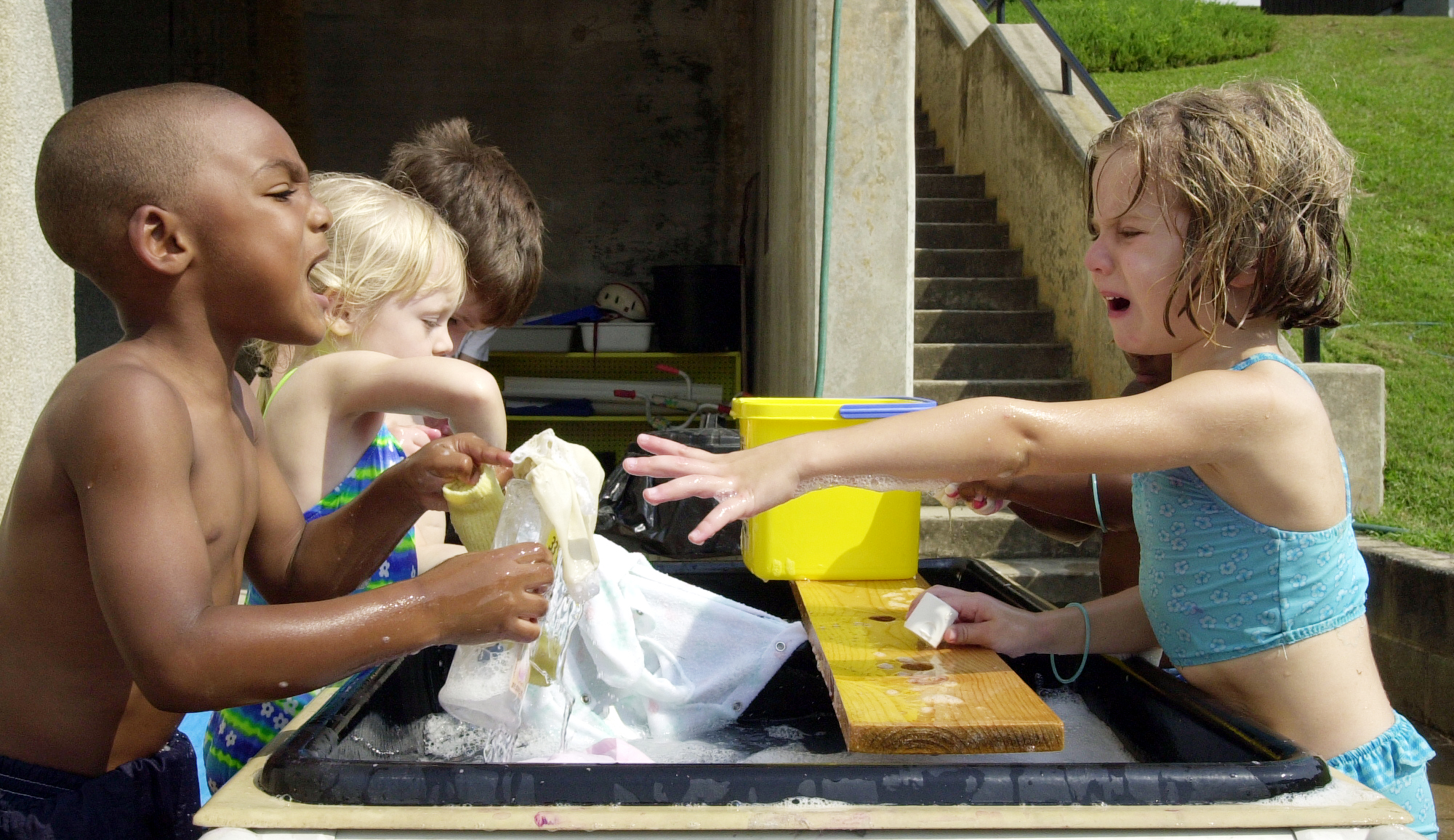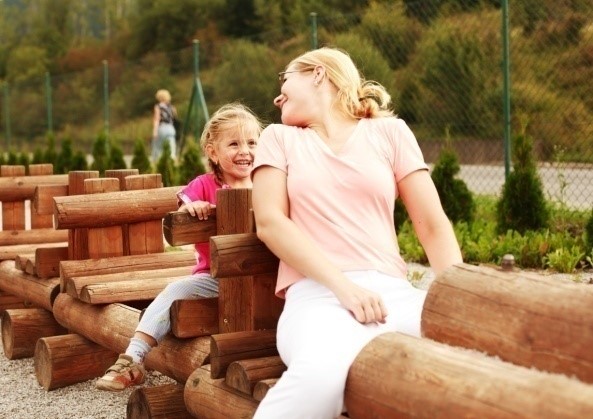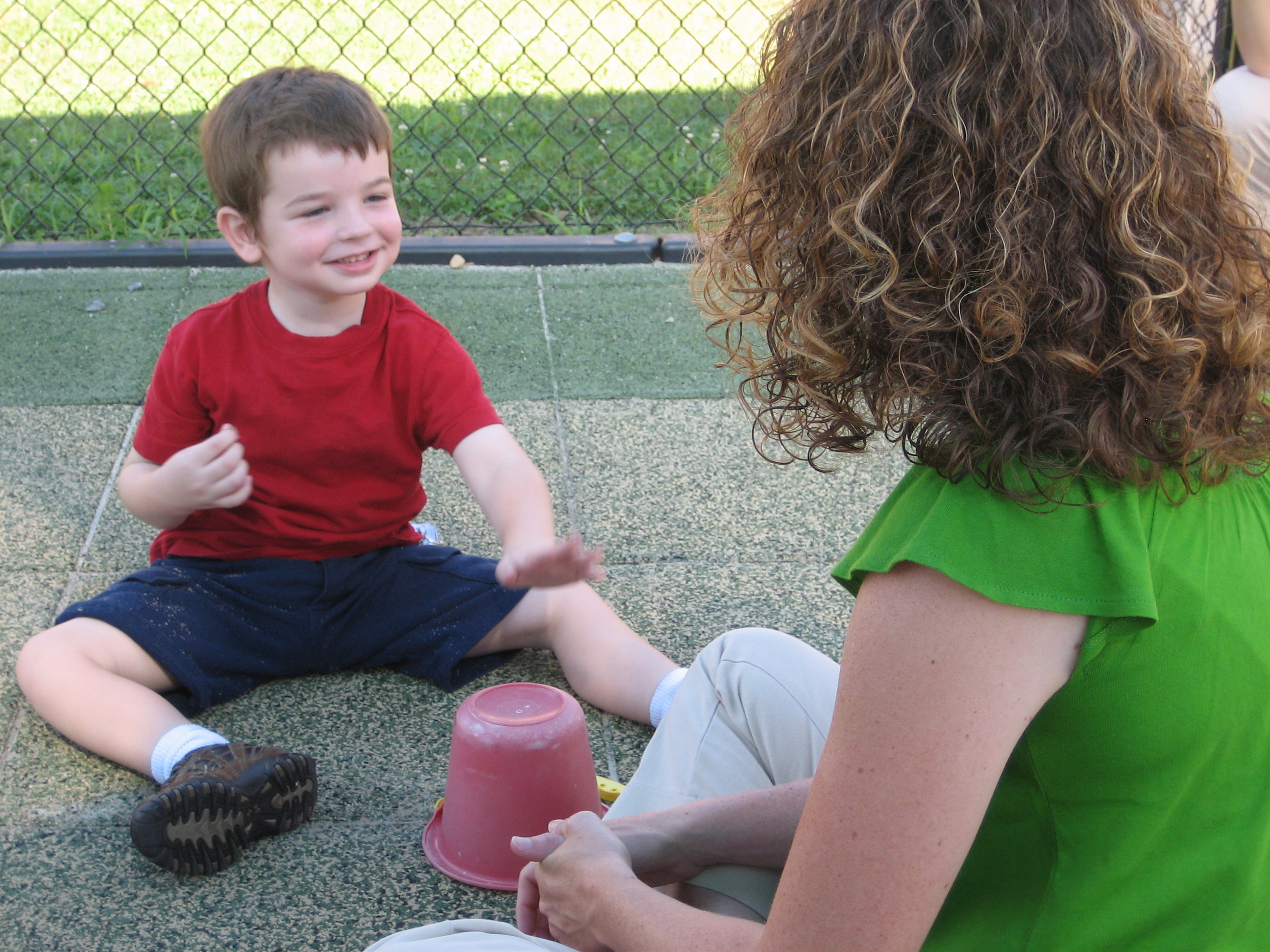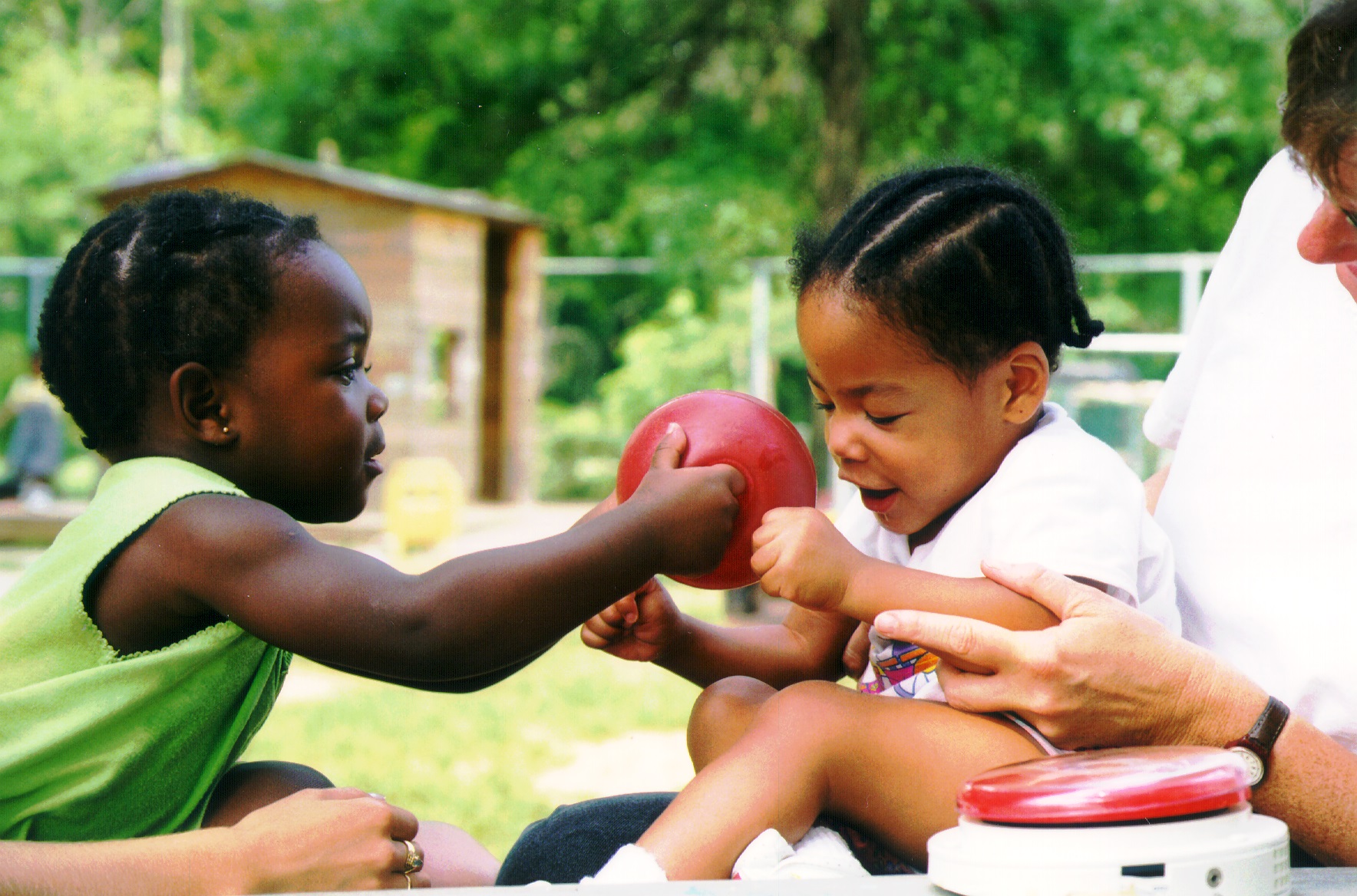
September 14, 2021
RQ5b. Child points to more distant objects to request them.
This occurs when the child points to a distant object to indicate that s/he wants the object Distant is defined as being out of reach. Pointing to distant object as a form or requesting shows that the child is growing in his/her understanding that another person can help him/her to get a desired item, and s/he can communicate his/her desires by pointing. Also, the child is furthering his/her understanding that pointing can reference objects that are farther away.
